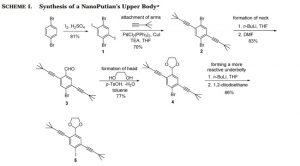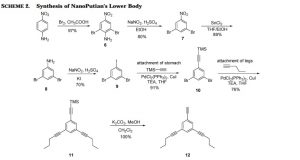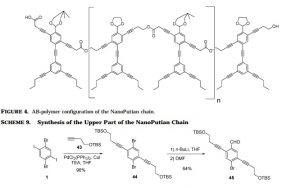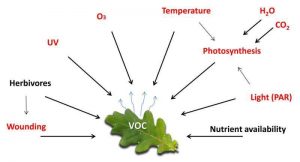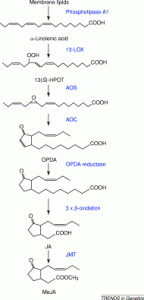For thousands of years, people have used the poisonous materials from the yew tree to fight their battles. Ancient people used the extract from the bark to coat the tips of their war arrows, rendering them deadly. The Romans used the same substance to assassinate political leaders. In the modern era, the yew tree is fighting a new opponent: cancer. A chemical, Taxol, which is derived from the plant is one of the most prevalent chemotherapeutic agents used today to battle cancer.

The poisonous properties of the yew have been known for thousands of years Source: Wikimedia Commons
Taxol, or paclitaxel, is toxic to cells because it disrupts the mitosis process. Mitosis is when a cell splits into two identical daughter cells. It is essential to maintain an healthy and growing organism. When the yew plant is ingested, cells cannot divide because of the these anti-mitotic properties of paclitaxol. Division halts and the cells die, which can eventually result in the death of the whole organism. These anti-mitotic properties are why Taxol works as an agent against cancer. This is because cancerous cells have mutated so that they divide uncontrollably. As Taxol disturbs cell division, it can efficiently kill certain types of cancerous cells such as breast and ovarian cancer.
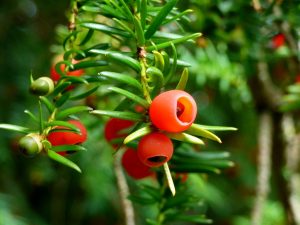
The Yew Tree Source: Wikimedia Commons
The yew tree still holds some secrets: unlike many drugs originally derived from plant sources, there is no entirely synthetic pathway that reproduces the naturally derived compound. That is to say, for this chemotherapy to have full effect, it still needs materials acquired from yew trees. As the National Cancer Institute reports, a manufacturing technique has been developed recently which combines synthetic compounds and the chemicals from the yew bark. This has made the drug more accessible and affordable, but Taxol currently used in cancer treatment is still plant-based.
With a chemotherapeutic drug like Taxol, doctors scientists use the same properties of the substance that has been killing us for thousands of years to kill the enemy within us: cancer.
How Taxol Works (Source: Cancer quest)

-Megan Wolf

